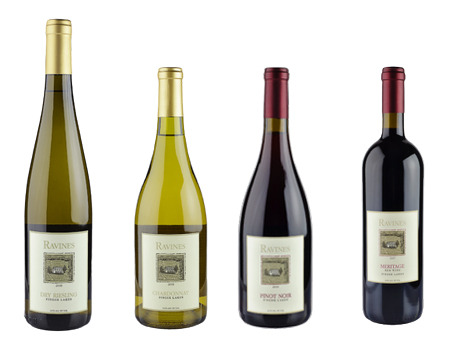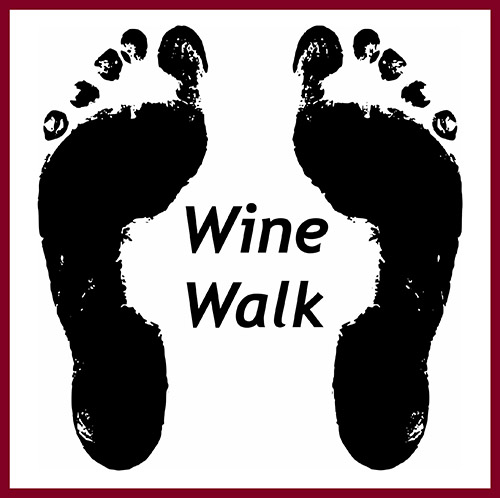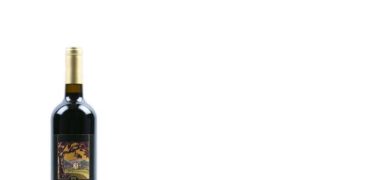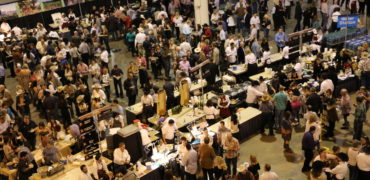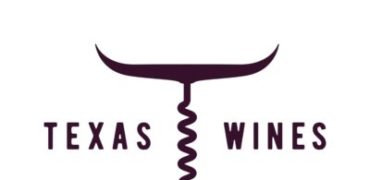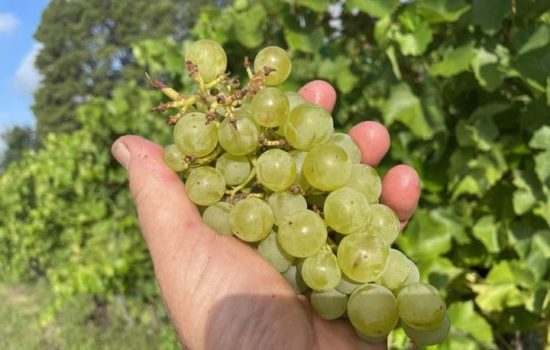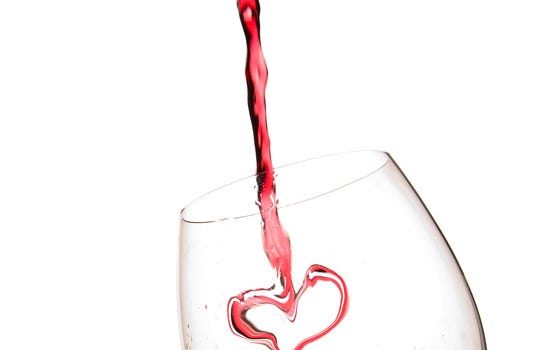BOTTLE LANGUAGE
Tradition has established three basic bottle styles for “still wines” which normally exemplify the characteristics of the wines in them. Those three basic bottle shapes have the same volume being 750 milliliters which equates to a fifth of a gallon. Hence the term, FIFTH being used to described the pre-determined volume of that consumable alcohol. Although glass-blowing has been around 2,000 or so years, glass was not used until the 17th century to store and transport wines. In the early days, wines were stored in clay ware or wood kegs with olive oil floated on top of the wine to keep the air from oxidizing the wine. The English perfected the art of glass-blowing when they switched to coal from wood for firing the glass into shape. The initial volumes were based on the lung capacity of the 17th century glass blowers. As the industrial age began to provide the technology, the production of glassware for wines became popular with the bark of cork trees providing the closures for those wine bottles. The world in the 17th and 18th centuries began to recognize French wines as the best with the rest of the world still behind the French as the world entered the 20th Century. The two dominant French wine-producing areas were Bordeaux and Burgundy with the south of France adopting the ways of the Burgundy region. The bottle shapes evolved with the Bordeaux styles having a slightly narrower diameter bottle than Burgundy bottles. However, the Bordeaux wine bottles had a high, broader shoulder than the gently sloping Burgundy bottle shoulders. Many people believe this symbolizes the bigger, more tannic wines from Bordeaux which consisting of Cabernet Sauvignon, Merlot, Cabernet Franc, and Petite Verdot. The Burgundian wines were not as tannic with Pinot Noir leading the red grape varietals in this Burgundy Wine Region. Since Pinot Noir is thin-skinned, it also has less tannin from the grape skin. As time evolved, the Rhone area in south France also picked up the Burgundian style of bottle for its Grenache, Syrah, and Mouvedere reds. The white wines of Bordeaux such as Chenin Blanc were also bottled using the high shouldered Bordeaux bottles while Burgundy’s Chardonnay and Rhone’s Viognier were bottled using the sloping shoulder bottles.
The third style of bottle for “still wines” was the high fluted bottles used in the French Alsace region joining Germany and flowing over into the Rhine and Mosel River areas. Those taller, fluted bottles contained the sassy Gewürztraminer from Alsace and the fruit-forward Riesling grapes from Germany. You could also say there is a fourth style of bottle being the whimsical, free-flowing ornate bottles from southern France containing its fruit-forward dry Rose’ wines. It amazes me how each Chateau produces its own unique bottles, different from the others. Of course, there are other bottle styles from traditions in those various wine regions. Those traditions are slowly being lost with less and less straw basketed bottles of Chianti being found.
The sparkling wines are completely different than the other four wine bottles due to their thicker glass to withstand the intense sparkling wine pressure of six to seven times normal atmospheric pressure. The reason the cork pops out of the bottle is due to this intense pressure with such corks flying with a speed of over 50 miles per hour as measured by radar. The corks are secured to the bottle with wire cages tied to the ringed tops of those sparkling wine bottles.
One last thing is the indentation at the bottom of each wine bottle, well almost each wine bottle. This indentation is called a “punt” and was used by glass blowers in the early days to hide their excess glass. This tradition became a fashion with many bottles today having this punt. However, modern technology is looking at ways to cut down on glass weight so punts are being slowly phased out.
By looking at the bottle shape, you could indirectly discern what type of wine might be inside that bottle.
